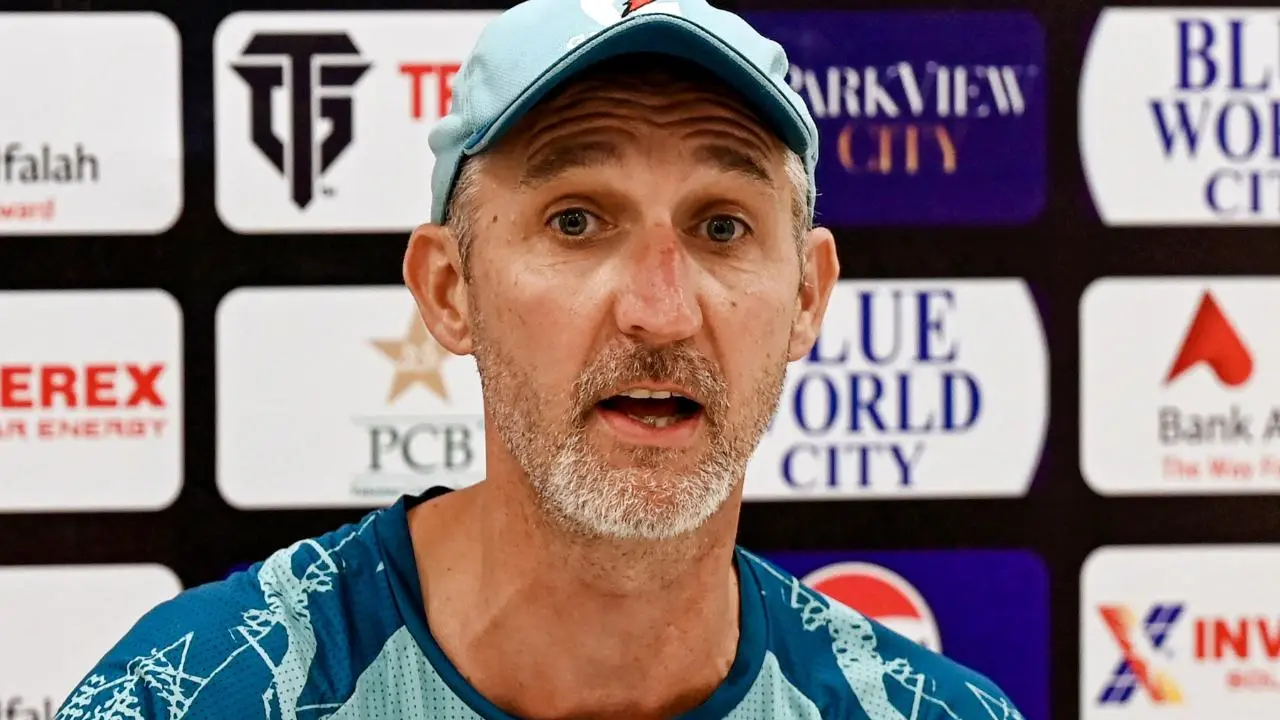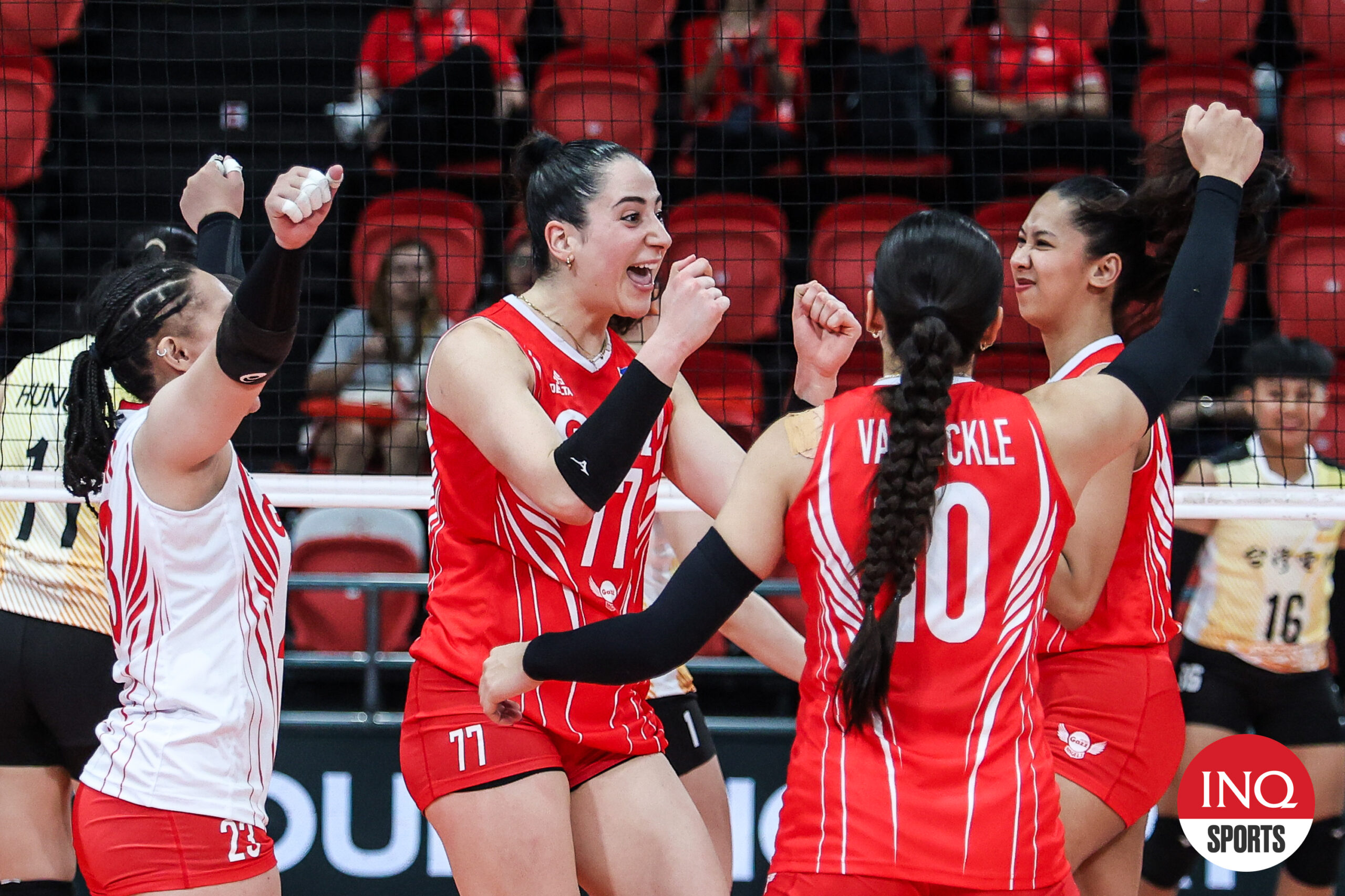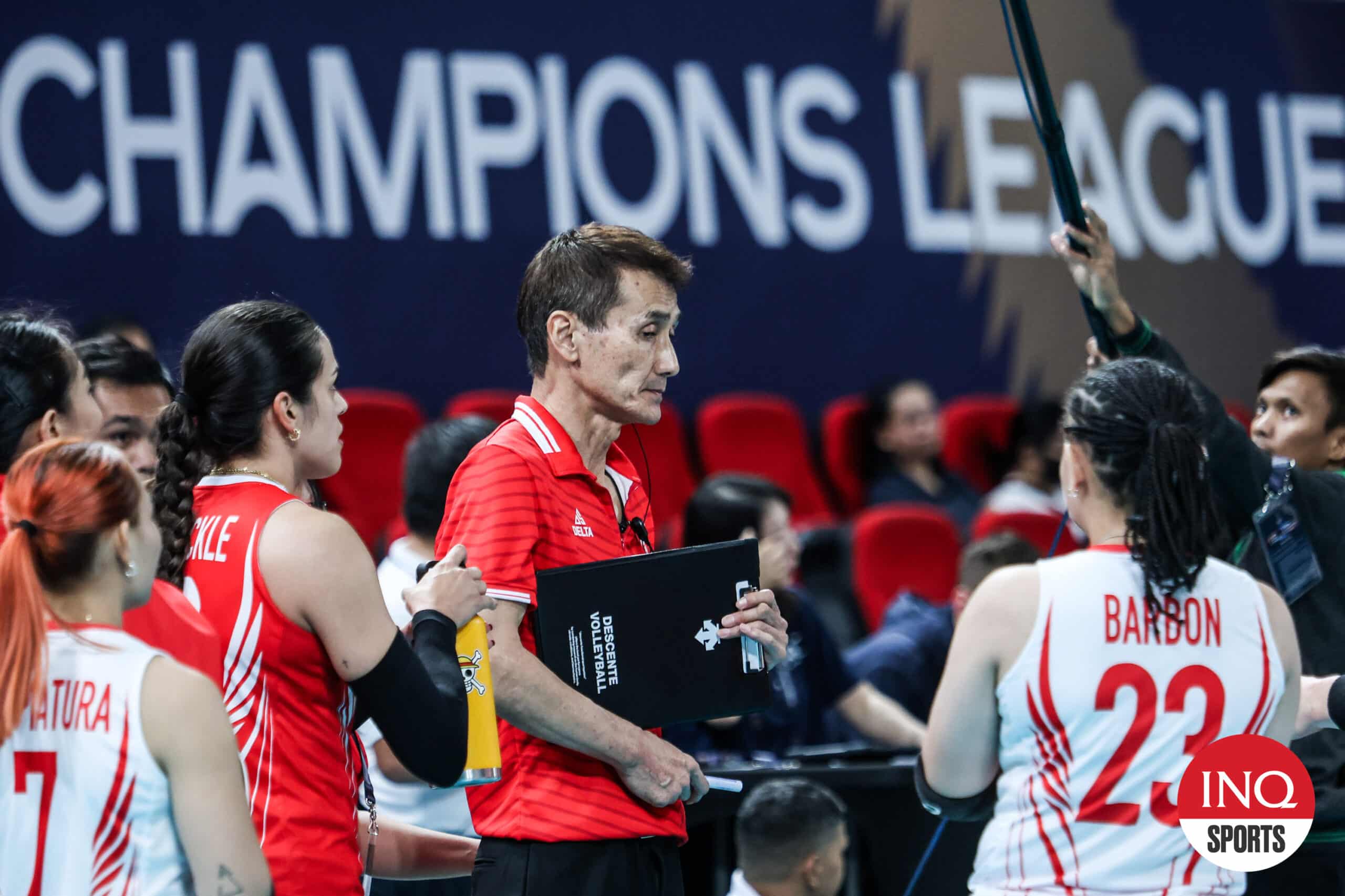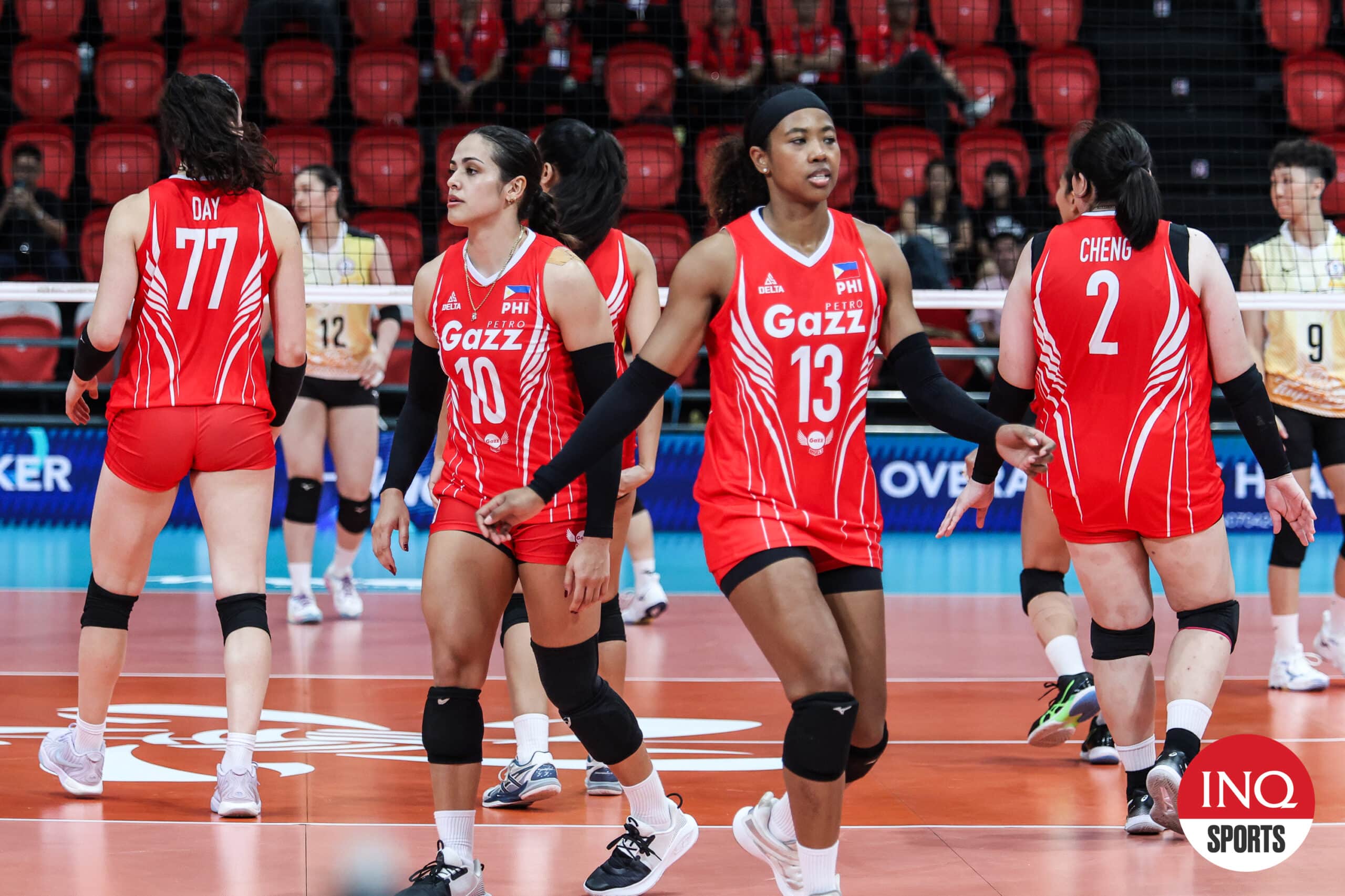AUGUSTA, Ga. — He was new, as giddy as the rest of us would be arriving at Augusta National for the first time. He didn’t know any better, because how would he? The young man was about to caddie his first Masters practice round when he heard one of the veterans say: “Boy, can you believe it?” You know the closest to the pin competition The Players Championship does for caddies on TPC Sawgrass’ 17th hole? The veterans told him, “They’re doing it at 12 this year!” Advertisement The rookie, given anonymity to protect his reputation, bought in.
Fully. He was out there stretching in the middle of the fairways. He took practice swings, visualizing his ball flying over Rae’s Creek.

All the others laughed hysterically in the background, because deep down they knew: “If you happen to do that at Augusta National, they’d take you off the property and you’d never caddie there again,” a longtime tour caddie said. The other caddies and players in the group let it go on for hours, allowing this poor kid to truly believe he was about to hit a tee shot on perhaps the most famous hole in all of golf. Until they arrived at No.
12 tee, supposedly his moment of glory, and let him in on the truth. As the infamous tale from the early 2000s goes, the rookie was being punked — badly. The story is passed along in the Augusta National caddie house to this day.
The Masters is the most distinguished event of the year, and there is no venue where we talk more about things like course knowledge, experience and craftiness than Augusta National. You can’t attack certain pins. You have to find this part of the green.
This part is firmer than that. Institutional knowledge is everything, hence why certain players can win three, four, five or even six times at Augusta National. All of this makes it the most important tournament for caddies (either that or the Open Championship, where studying link courses is vital in varying wind directions).
Ted Scott won the Masters twice with Bubba Watson and twice (so far) with Scottie Scheffler. Steve Williams won four with Tiger Woods then again with Adam Scott. Joe LaCava won with Fred Couples and Woods, and now is on the bag for Patrick Cantlay.
If you’re an Augusta expert, you’re the most valuable caddie in the game. “The more you’re at the place, the more you understand the place,” says Joe Skovron, Ludvig Åberg’s caddie, who was also on Rickie Fowler’s bag for 13 years. “Now you’ve seen all these putts.
You’ve seen the shots. You’ve seen different conditions. You just can’t replicate being there that many times.
” Advertisement But every caddie was a Masters rookie once himself. So The Athletic talked to several Masters caddies, some veterans and some still just getting going, to learn about their first time and what they had to learn the hard way. Willy Wilcox arrived last year as starry-eyed as anyone.
The former PGA Tour pro never qualified for the tournament as a player, but here he was caddying for Sungjae Im. He arrived two hours early the Sunday before Masters week with no idea where to go, but he ended up in a large parking area outside the main gate. He told some nearby police officers he was there to caddie.
“They basically just freeze, acting like I’m a player — they were so stoked,” Wilcox said. “They were like, ‘We got you.’ They just radio over to whoever and this freaking brand new Benz, with a guy in a suit, like, whisks in.
Brand new SUV Mercedes. Literally in two seconds.” He was told to follow the Mercedes through the gates.
Wilcox was escorted via a scenic route around the perimeter of the property until an officer ushered him into the caddie barn. It’s clear for caddies from the jump: Augusta National operates differently than normal places. “Time just freezes when you get in there,” Wilcox said.
Augusta National’s caddie shack is more like a five-star resort when compared to the facilities at other annual PGA Tour stops. Club caddies are stationed inside the building, ready to loop for players if they’re needed or assist any tour caddies with various requests throughout the week. The structure is equipped with private dining, refreshments and a stretching room where recovery gadgets are plentiful for sore caddie legs.
“They’ve got those leg compressor things,” Wilcox says. “It’s kind of like your grandma’s living room with super comfy couches.” The structure, located on the right-hand side of the driving range, debuted in 2010 and drastically elevated the caddying experience at the Masters.
Loopers in the modern Augusta National era say the tournament treatment is some of the best they get all year. It wasn’t always like that — until 1983, players were forced to hire one of Augusta National’s caddies, all of whom were Black — but the club’s evolution has acted in the professional caddies’ favor. Advertisement “To this day the members carry around a small laminated card with them with all the caddies names, and whenever you see them, especially members like Jimmy Dunne and Ray Robinson, who worked the tournament practice facility, they’d remember you and address you by name and always have time to chat about us, our players, the course, how they did at the Jamboree (Augusta’s member-member tournament) that year,” says John Wood, a long-time caddie turned NBC analyst.
But as much as caddies are made to feel comfortable at Augusta National, the feeling of walking on eggshells is an adjustment, especially for those who are experiencing the property for the very first time. Something as simple and as necessary as running — which you’ll see dozens of caddies doing at PGA Tour stops to fetch something for their player or grab a yardage — is not allowed on the property. “They don’t like you to run,” says Wilcox.
“And normally I spend like half my time in a full sprint.” There’s a feeling of anxiousness at times, spurred on by the sheer presence of the course and all of the traditions and rules that come along with it. Even without a club in your hand, you feel the adrenaline pumping.
Wood caddied in his first Masters in 2001 for Mark Calcavecchia. For Wood, those first few moments were a complete blur. His instincts took over.
“So we tee off, and we walk off the first tee. We go down that big hill and then back up to the fairway,” the looper says. “So I walk off, bag on shoulder, and off we go.
I get to the top of the hill in the fairway, and as I turn around and look back, I’m 75 yards in front of everyone else in the group. I kind of chuckle to myself and say, ‘Ok, ok, I know you’re excited, but let’s catch our breath and settle down a little bit.’ I had no idea I was walking so fast.
” Paul Tesori was in for a wake-up call when he got hired by Vijay Singh and stepped foot onto Augusta National for the first time that same year. He looked down at his white caddie suit and saw the number “1” stamped on his front left chest, pondering how the figure got assigned. Someone quickly broke the news to him.
“It meant my guy was the defending champ. Are you kidding me? My first caddying at Augusta, where I had walked as a spectator at least six times, and I was wearing the defending champion’s suit,” Tesori, who now caddies for Tom Kim, said. The story of Ted Scott’s first day as a caddie — for Grant Waite, a New Zealand PGA Tour pro — is legendary in the caddie community: Scott, formerly a full-time teaching pro, didn’t know he was expected to carry a yardage book, let alone be responsible for his player’s distances.
The blunder was so bad that he was surprised he still had a job after the round. A year later, he was at the Masters. Advertisement “I probably tried to walk up Magnolia Lane, I probably tried to do all kinds of stuff knowing the way I was back then,” Scott said.
“I was like a lost puppy.” Certain things just strike you when you start your first Augusta National gig. Like the severity of the downhill pitch on No.
10 fairway, according to Bryson DeChambeau’s caddie Greg Bodine, or the way the arduous walk seems to bother your legs and shoulders less than it would anywhere else, Wood said. Just because the white canvas jumpsuits are traditional doesn’t mean they’re comfortable. But no one seems to bat an eye when it comes time to wear them in the 85-degree Georgia heat.
“Listen, it’s the Masters, everything’s about tradition,” says Jim “Bones” Mackay, a former caddie for Phil Mickelson and Justin Thomas, and a current NBC broadcaster. “To do that one week a year, it’s no big deal at all.” There’s a Masters learning curve, to be sure.
Some are overwhelmed by it, others take it all in. But everyone carrying a bag at Augusta National has to start somewhere to reach a point where they can dedicate themselves fully to the task at hand: Gathering information. It’s the only major venue that men’s golf returns to every season, and that provides an opportunity for the caddie to shine.
Saving old, marked-up yardage books, picking the brains of local caddies, rolling golf balls from every which direction on the greens — the veterans will do these things in their sleep. The rookies always take a minute to catch on to those necessities. It’s all part of the process — one that is unique to Augusta National, and beloved for that very reason.
“Just to be there,” Bones says, “it’s a little bit of caddie heaven on earth.” (Top photo: Maddie Meyer / Getty Images).
Sports

Lessons that Masters caddies learned on their first trips to Augusta National

If you’re an Augusta expert, you’re the most valuable caddie in the game.















